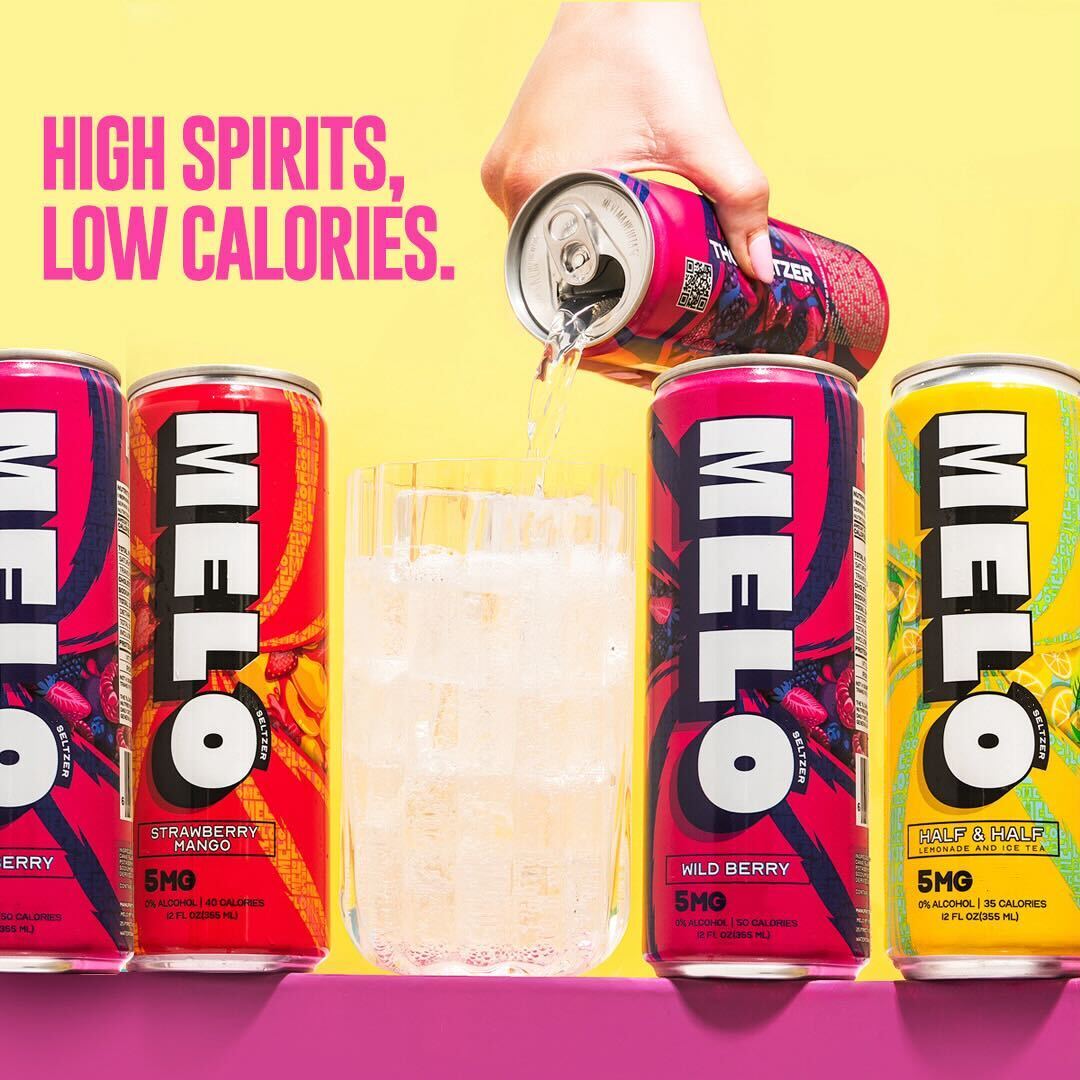Solubility and Extraction
Solubility and extraction are fundamental concepts in understanding how to infuse beverages with THC. Solubility refers to the ability of a substance, in this case THC, to dissolve in a liquid, while extraction involves separating and isolating the desired compound from its source material.
Lipid Solubility of THC
The lipid solubility of THC plays a crucial role in its infusion into beverages. THC is a lipophilic molecule, meaning it has a greater affinity for fats and oils than for water. This property influences both its solubility and extraction.
- Water-based beverages are primarily composed of water, which is not a suitable solvent for lipophilic compounds like THC.
- To overcome this limitation, infusion methods often involve using fat or oil as a carrier to dissolve the THC.
- Once dissolved in the lipid phase, the THC can then be incorporated into the water-based beverage through emulsification techniques.
CO2 Extraction Method
CO2 extraction is a popular method for isolating THC from cannabis plant material. This process leverages the unique properties of carbon dioxide under high pressure and temperature to dissolve THC effectively.
Under these conditions, CO2 transitions into a supercritical fluid, exhibiting characteristics of both a liquid and a gas. This supercritical CO2 acts as a powerful solvent for lipophilic compounds like THC, readily dissolving them from the plant matter.
The resulting extract is rich in THC and can be further processed or infused into beverages. The CO2 extraction method is often preferred due to its efficiency, selectivity, and ability to produce high-quality extracts with minimal residual solvents.

Other Extraction Methods
Besides CO2 extraction, other methods are employed for isolating THC from cannabis. One common technique is solvent extraction, which utilizes organic solvents like butane or ethanol to dissolve THC from the plant material.
These solvents effectively extract lipophilic compounds, including THC, due to their similar solubility properties. However, solvent extraction processes require careful control and handling to ensure the complete removal of residual solvents from the final product.
Another method is distillation, which separates compounds based on their boiling points. This technique can be used to purify THC extract by removing unwanted constituents with different boiling points. Distillation requires specialized equipment and precise temperature control to achieve optimal separation.
Infusion Techniques
Infusing beverages with THC involves understanding the science of solubility and extraction. THC’s lipid-soluble nature, meaning its affinity for fats and oils over water, presents a challenge when attempting to incorporate it into water-based drinks.
Oil Infusion
To overcome this challenge, infusion techniques often rely on fat or oil as a carrier to dissolve the THC.
Once dissolved in these lipid mediums, the THC can be incorporated into the beverage through emulsification methods, which essentially break down the fat or oil into tiny droplets that disperse evenly throughout the water.
Alcohol Infusion
Understanding how THC infuses into beverages requires grasping the concepts of solubility and extraction. THC’s lipid-soluble nature, meaning its greater affinity for fats and oils compared to water, presents a hurdle when incorporating it into water-based drinks.
To bridge this gap, infusion techniques often employ fat or oil as carriers to dissolve THC. Once dissolved in these lipid mediums, the THC can be introduced into the beverage through emulsification. This process breaks down the fat or oil into tiny droplets that evenly distribute throughout the water.
CO2 extraction is a prevalent method for isolating THC from cannabis plant material. Utilizing carbon dioxide under high pressure and temperature, this process dissolves THC effectively. Under these conditions, CO2 transforms into a supercritical fluid, exhibiting characteristics of both a liquid and a gas. This supercritical CO2 acts as a potent solvent for lipophilic compounds like THC, readily dissolving them from the plant matter.
The resulting extract, rich in THC, can be further processed or infused into beverages. The CO2 extraction method is favored due to its efficiency, selectivity, and ability to produce high-quality extracts with minimal residual solvents.
Besides CO2 extraction, other methods are employed for isolating THC from cannabis. Solvent extraction utilizes organic solvents such as butane or ethanol to dissolve THC from the plant material. These solvents effectively extract lipophilic compounds, including THC, due to their similar solubility properties. However, solvent extraction processes necessitate careful control and handling to ensure the complete removal of residual solvents from the final product.
Distillation, another method, separates compounds based on their boiling points. This technique can be used to purify THC extract by removing unwanted constituents with different boiling points. Distillation requires specialized equipment and precise temperature control to achieve optimal separation.
Water-Based Infusion (Emulsification)
Water-based infusion of THC relies heavily on emulsification techniques. Since THC is lipid-soluble (meaning it dissolves better in fats and oils than water), a carrier, typically an oil or fat, is used to dissolve the THC. This creates a mixture where the THC is suspended within the oil.
To incorporate this oil-based THC solution into a water-based beverage, emulsification comes into play. Emulsification involves breaking down the oil droplets into much smaller sizes and dispersing them evenly throughout the water. This creates a stable mixture where the THC is suspended within the water.
Dosage and Effects
Dosage and effects of THC in infused beverages are influenced by several factors, including the method of infusion, the amount of THC used, individual metabolism, and consumption habits. Understanding these factors is crucial for both consumers and producers to ensure safe and enjoyable experiences.
THC Potency Variability
The potency of THC can vary widely depending on the plant variety, growing conditions, and extraction methods used. This variability means that even beverages from the same producer may have different levels of THC, making it challenging to accurately dose.
Factors such as individual metabolism, body weight, tolerance level, and consumption patterns all influence how a person experiences the effects of THC.
Starting with a low dose is always recommended for first-time users or those unfamiliar with the specific product, allowing them to gauge their personal response and adjust accordingly.
It’s crucial to remember that the effects of THC can be delayed due to its slow absorption rate in beverages compared to smoking or vaping. This delay can lead to overconsumption if individuals consume more than intended while waiting for the initial effects.
Factors Affecting Absorption
Dosage and the effects of THC in infused beverages are influenced by several factors, including the method of infusion, the amount of THC used, individual metabolism, and consumption habits. Understanding these factors is crucial for both consumers and producers to ensure safe and enjoyable experiences.
The potency of THC can vary widely depending on the plant variety, growing conditions, and extraction methods used. This variability means that even beverages from the same producer may have different levels of THC, making it challenging to accurately dose.
Factors such as individual metabolism, body weight, tolerance level, and consumption patterns all influence how a person experiences the effects of THC.
Starting with a low dose is always recommended for first-time users or those unfamiliar with the specific product, allowing them to gauge their personal response and adjust accordingly.
It’s crucial to remember that the effects of THC can be delayed due to its slow absorption rate in beverages compared to smoking or vaping. This delay can lead to overconsumption if individuals consume more than intended while waiting for the initial effects.
Safety and Considerations
When it comes to infusing beverages with THC, safety and careful consideration are paramount. The unique properties of THC, its solubility in fats and oils rather than water, require specific techniques to ensure proper infusion and accurate dosing.
Food Safety Guidelines
The potency of THC can vary widely depending on the plant variety, growing conditions, and extraction methods used. This variability means that even beverages from the same producer may have different levels of THC, making it challenging to accurately dose.
- Consumers should always start with a low dose, especially if they are new to THC or unfamiliar with the product.
- It is important to be aware that the effects of THC in beverages can be delayed compared to other consumption methods.
- Never exceed the recommended dosage on the product label.
- Be mindful of your individual tolerance levels and adjust your intake accordingly.

It’s important to store THC-infused beverages properly to maintain their quality and potency. Store them in a cool, dark place away from direct sunlight or heat sources.
Ensure the containers are airtight to prevent oxidation and preserve freshness. When storing, always label the container with the date and THC content for easy identification.

Always follow food safety guidelines when handling and consuming THC-infused beverages. Treat them as you would any other food product in terms of hygiene and storage practices.
Labeling and Dosage Accuracy
Safety and considerations are paramount when it comes to infusing beverages with THC. Accurate labeling is crucial for consumers to understand the potency and dosage of THC in a product.
The label should clearly state the amount of THC per serving, as well as any other ingredients used in the infusion process. This transparency allows consumers to make informed decisions about their consumption and avoid accidental overconsumption.
Dosage accuracy is essential for a safe and enjoyable experience. Due to the variability in potency among different batches and brands, it’s important to start with a low dose and gradually increase it until the desired effect is achieved.
Always follow the recommended dosage guidelines provided on the product label.
Legality and Regulations
The legal landscape surrounding THC-infused beverages is complex and varies significantly across jurisdictions. In some regions, the production, sale, and consumption of such products are strictly prohibited.
Other areas have adopted more lenient regulations, allowing for limited production and distribution under specific guidelines. These guidelines often include requirements for product labeling, dosage limits, and age restrictions.
It is crucial for individuals to be aware of the specific laws and regulations in their location regarding THC-infused beverages. Consumption or possession of such products where it is illegal can lead to legal penalties.
Regulatory bodies often establish standards for safety, quality control, and product testing to protect consumers from potentially harmful substances or misleading claims.
Manufacturers of THC-infused beverages are typically required to comply with these regulations, which may include licensing requirements, manufacturing processes, and product labeling.
Shop Melo Seltzer’s Hemp-Infused Seltzers Online
- The Science Of Infusing Beverages With THC: Explained - May 14, 2025
- Obagi Blue Peel Radiance Peel Near East Molesey, Surrey - May 13, 2025
- Non Surgical Butt Lift In Alfold Surrey - May 13, 2025